10 February 2022
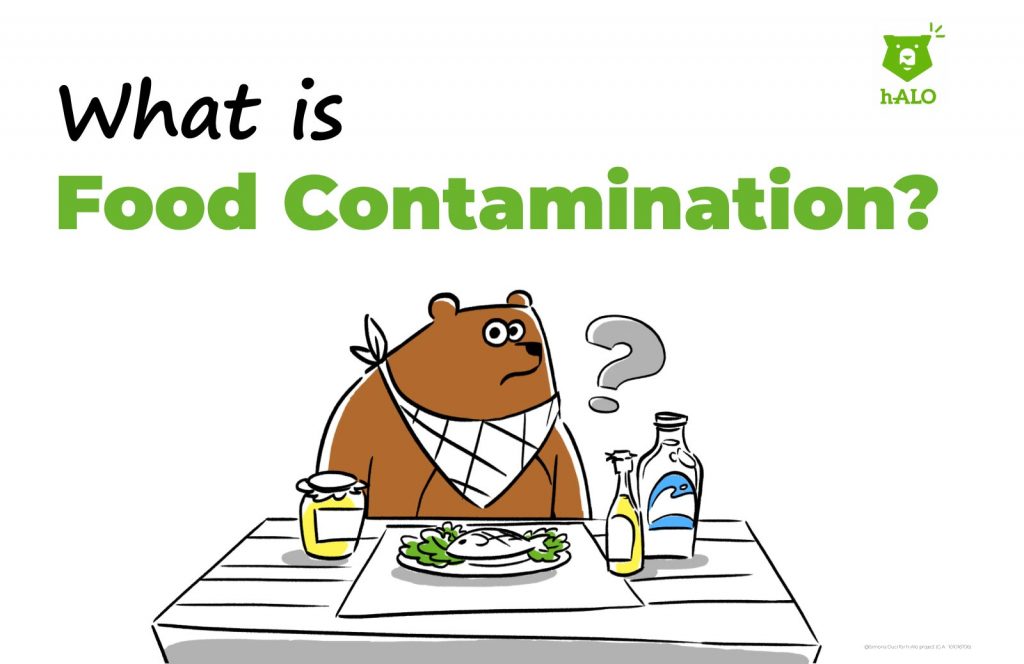
This is the first point on which it’s important to make an analysis. In fact, it is first important to understand what the potential hazards are when it comes to food safety.
Food contamination refers to food that has been corrupted by a substance – either physical, biological or chemical – that makes food unfit for consumption. The contaminants have several routes throughout the supply chain (farm to fork) to enter and make a food product improper for consumption.
The World Health Organization (WHO) has validated food contamination as a global challenge in several documents and official reports. The consumption of contaminated foods causes illness in millions of people and many die, those problems make food contamination a serious issue. In this context, projects such as H-ALO are fundamental enabling the detection of microbiological and chemical contaminants in a broad number of different farm-to-fork food chains.
As mentioned, food contaminants may be biological, chemical or physical in nature and all those contaminants may be also present at a time. For this reason, in the upcoming publications of the blog, H-ALO will propose a focus on every possible contaminant to make clear to all readers the importance of new developments in terms of food safety.
What are the four types of food contamination?
-
BIOLOGICAL CONTAMINATION:
BIOLOGICAL CONTAMINATION:
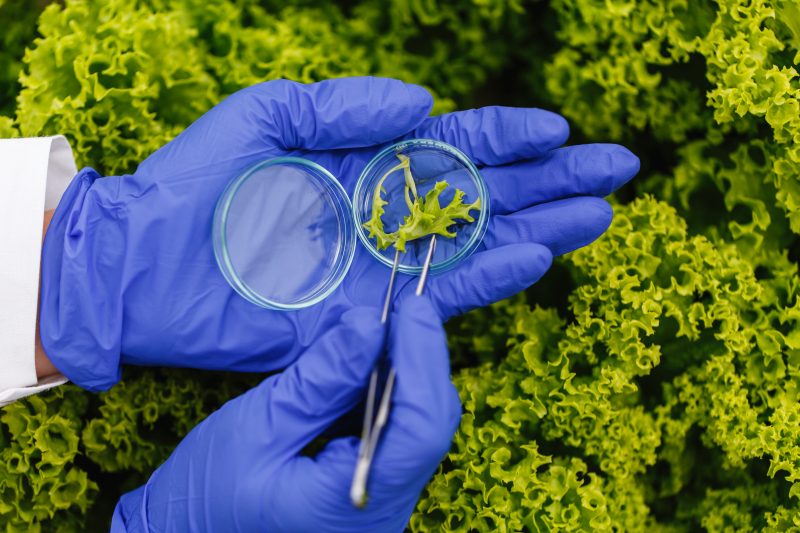
@freepic.diller
Biological contamination concerns to food that is contaminated by substances they produce. Essentially biological contamination occurs when food becomes contaminated by living organisms, this includes biological elements produced by humans, rodents, insects and microorganisms.
Bacteria and viruses are considered the two biggest causes of biological contamination, followed by parasites, protozoa, fungi and prions. Bacteria and viruses can result in some of the most common kind of food poisoning including salmonella, E .coli, listeria and Norovirus.
Bacteria and other pathogens thrive in foods that are moist, or high in protein or starch, or neutral in acidity. Foods that meet these criteria are defined as potentially hazardous or high-risk foods.
To slow down the development of bacteria and prevent food safety risks, we all need to follow food safety best practices designed. Best manners comprehend proper food handling techniques, rigorous cleaning and sanitizing procedures and time and temperature control of food.
-
PHYSICAL CONTAMINATION:
PHYSICAL CONTAMINATION:
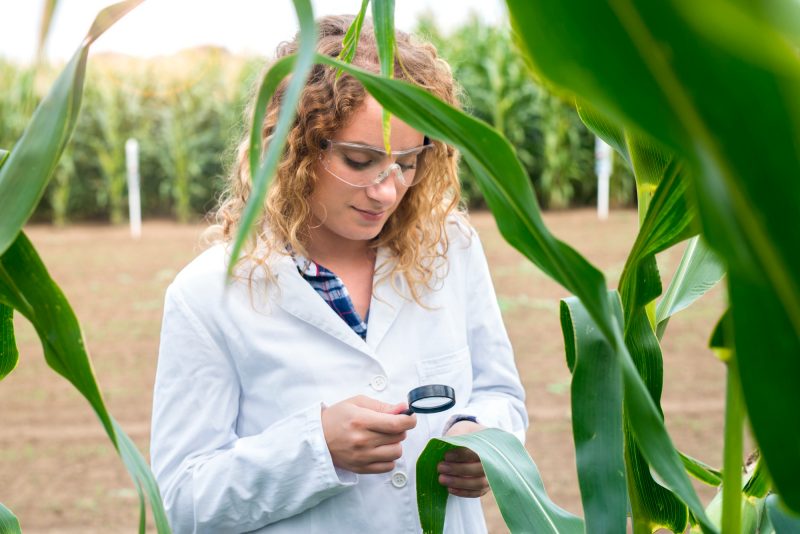
@aleksansarlittlewolf
Physical contamination is when an external object contaminates food at some stage of the production or preparation process. Physical objects in food can be a choking hazard and often originate biological contaminants as well.
Common examples of physical contaminants in food businesses include hairs, fingernails, bandages, jewellery, broken glass, staples, plastic wrap/packaging, dirt from unwashed fruit and vegetables, pests/pest droppings/rodent hair. Physical contamination can generate injury to an individual who inadvertently consumes the foreign object or, even if the object is not likely to injure the customer, finding an object in their food can be very distressing for people.
To slow down the risk of physical food contamination, some of the following tricks can be useful: wear hair neatly tied back or wear a hair/beard net, keep jewellery to a minimum, when necessary, wear brightly coloured bandages that can be easily seen if they fall off, use a plastic or metal scoop for ice (never use the glass!), wash fruits and vegetables thoroughly.
-
CHEMICAL CONTAMINATION:
CHEMICAL CONTAMINATION:

@DCstudio
Chemical contamination refers to food that has been adulterated with a natural or artificial chemical substance. These contaminants are considered dangerous as they expose people to toxic substances, some of which can be fatal. Chemicals can contaminate food at any time of the food process, whether by pesticides transferred from the soil the food is grown in or during the manufacturing process.
Common chemical contaminants include cleaning products (e.g., detergent, sanitizer), pesticides/herbicides, toxic chemicals in metals and plastic, naturally occurring toxins. Naturally occurring toxins are compounds that are produced by living organisms, some of which are staples of the human diet (e.g., shellfish, potatoes, fish). These toxins are not harmful to the organisms themselves but can be dangerous to us if we eat them.
To minimize the risk of chemical contamination, every worker should for example: label and store chemicals separately from food, use the appropriate chemical for the job at issue, follow the chemical manufacturer’s instructions with regards to dilution, contact time and water temperature.
-
CROSS-CONTAMINATION:
CROSS-CONTAMINATION:

@teksomolika
Cross-contamination is when the sum of biological, physical or chemical contaminants gets into food, making it risky to eat and putting people at peril of food-borne diseases. Cross-contamination is considered as the accidental transfer of contaminants from one surface or substance to another, usually as a result of improper handling procedures.
Cross-contamination in a food business often occurs as a result of: Food Handlers (e.g. microorganisms from sweat, sneezing/coughing, hands, clothing), improper food handling techniques (e.g. reusing utensils for different types of food), improper cleaning and sanitizing (e.g. not properly cleaning chemicals from preparation surfaces, dishware or equipment), improper food storage (e.g. storing raw meat on shelves above ready-to-eat food), improper waste disposal (e.g. allowing garbage containers to overflow), pests.
Cross-contamination is a huge problem for food businesses, so to minimize the risk of cross-contamination always: move around the business in accordance with the Food Safety Plan, use separate equipment or utensils to prepare raw and cooked foods, use separate equipment or utensils to prepare different types of foods, prepare allergen-free meals separately, maintain high standards of personal hygiene, handle and dispose of food scraps and waste properly (e.g. ensure garbage containers are sealed and stored away from food).



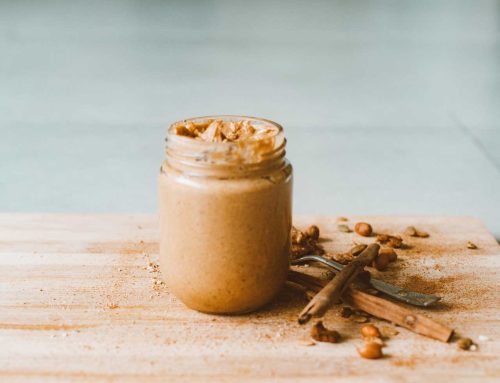
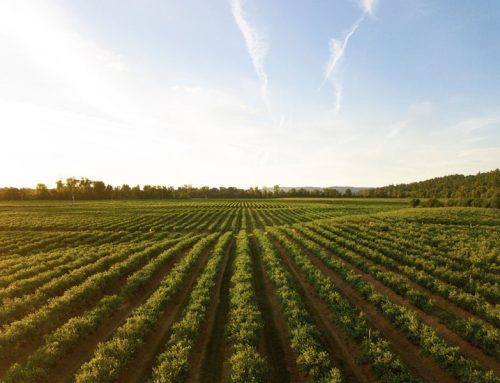
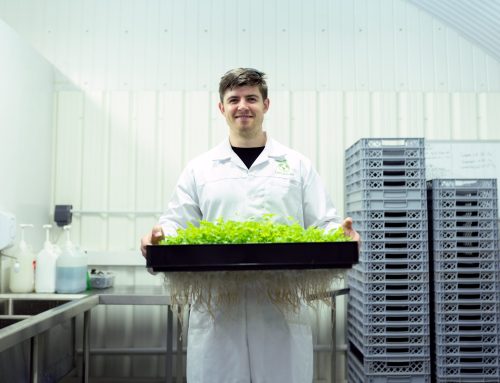
Leave A Comment